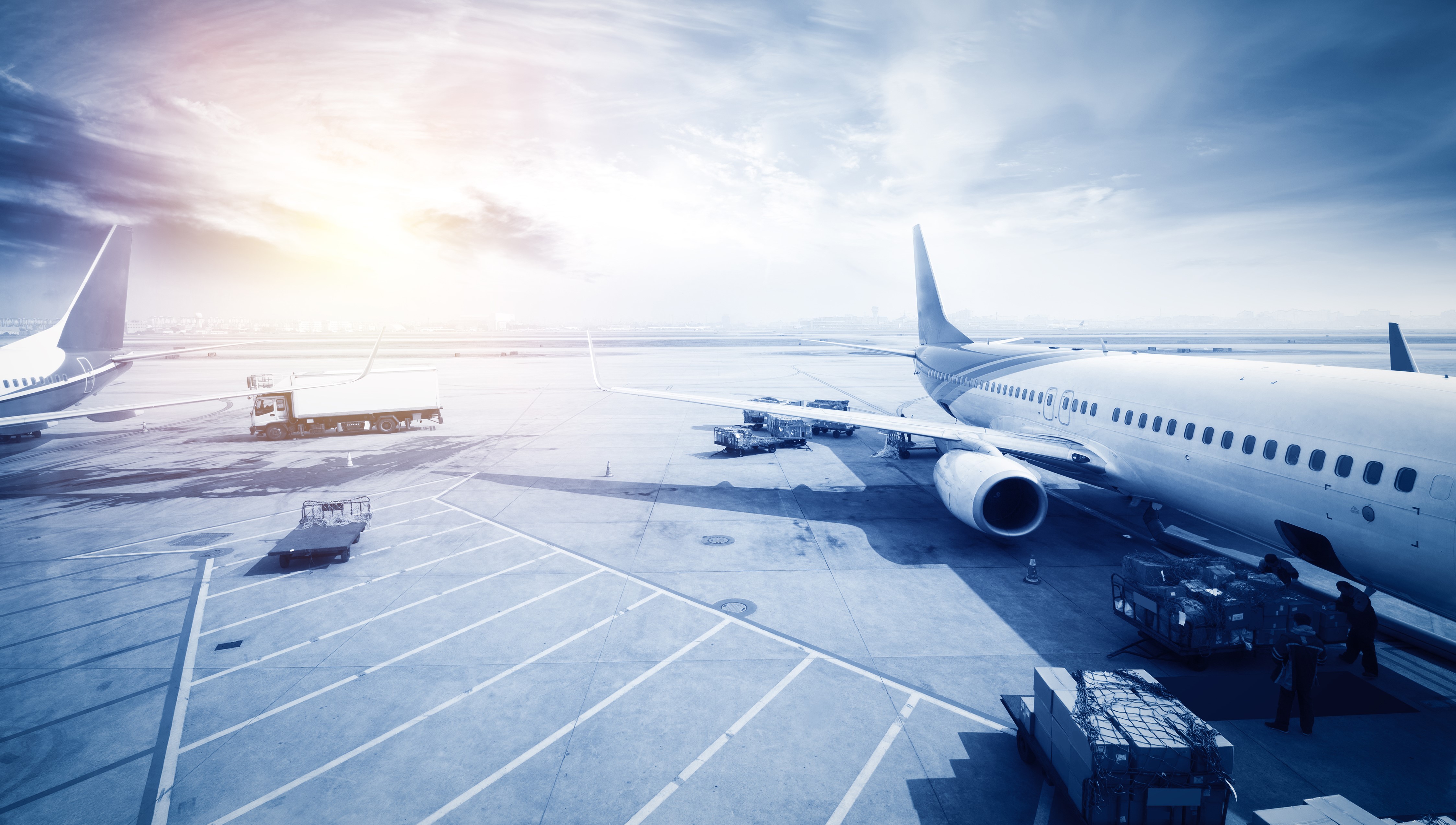
What Are Modern Airport Warning Systems Like?
Air traffic has slowed down or virtually halted at some airports due to the coronavirus pandemic. However, it still holds true that the number of passengers moving at airports is continuously growing. As Allianz has it, the airline industry is set to transport 8 billion people a year in 2037, about twice as many as in 2019. It could be thousands of passengers at passenger airports, and vast numbers of staff members at military or other airports. A lot of traffic will concentrate on a large area; therefore, adequate security is needed where a lot happens. Airports cope with risks using modern technology.
Weather, birds, and terrorist threats
For the smooth operation of an airport, it is necessary to be prepared for site-specific risks. Even a minor breach of security can have far-reaching consequences. There are several risks, such as:
- Vagaries of the weather: Taking-off and landing are the riskiest flight operations. Even if only one plane tried to take off during a thunderstorm or windstorm, a tragedy could happen.
- Dangerous operating situations: A fuel leak or leak of hazardous chemicals, accident, technological breakdown, or a fire can occur at any airport and lead to significant damage, especially if the staff do not respond promptly.
- Bird collisions: Although it may not appear to be a major threat, birds can seriously damage the aircraft engine, especially during taking-off and landing manoeuvres. Therefore, birds should be kept away from the airport. Allianz estimates the average damages in a single bird collision at $ 360,000.
- Terrorist threats: In recent years, terrorist attacks have become a significant threat that major civilian airports need to be particularly prepared for. The attacks at the airports in Brussels (2016) or Moscow (2011) claimed dozens of victims. Early evacuation can be crucial, as in the case of fires, for example.
Regardless of the type and size of an airport, all airports aim to reduce the likelihood of such risks and minimise potential damage through immediate response. So, what do modern airport warning systems look like?
From the control centre to the staff
One of the advantages of modern siren warning systems is their variability. They are well adaptable to suit the area and the operating conditions of a specific airport (for example, loud aircraft noise). The systems include two core components: a mass warning system to alert in an emergency and a notification system to inform the first responders (emergency services).
Current warning and notification systems contain several interconnected components as follows:
- The control centre, i.e. the imaginary “brain” of the entire warning system, equipped with a control panel or, for large airports, automated software.
- Electronic sirens (one for small airports or ten for large ones), operated manually or automatically and covering the entire area of the airport with an acoustic signal. Airports can also use mobile sirens mounted on cars or other types of vehicle.
- Communications infrastructure,e. a system of transmitters and other elements, providing the connection between the control centre and the other system components.
- Notification,e. a system for the immediate notification of technicians, emergency and rescue units, and other responsible persons at the airport by phone or text messages.
The Telegrafia company implements warning and notification systems at airports of various sizes and types. It provides comprehensive solutions, including multiple types of stationary and mobile sirens (for example, Gibon or Pavian), as well as software solutions (Vektra® applications).
There are many benefits to these technologies: they are programmable, scalable, easily connectible to PA systems, external audio sources (e.g. radios), or third-party systems. Moreover, they can be tested in silence and reliably and safely powered. All company’s airport warning and notification systems are designed to comply with the most stringent security standards currently in force.

The article was written by
Zuzana Janočková
Zuzana works at Telegrafia at the marketing department. Her main responsibility is to keep an eye on Google Ads and Facebook. Online marketing is changing all the time, giving her the chance to expand her knowledge constantly and put it into real practice. After work, she relaxes best by going to the gym and watching good films.
